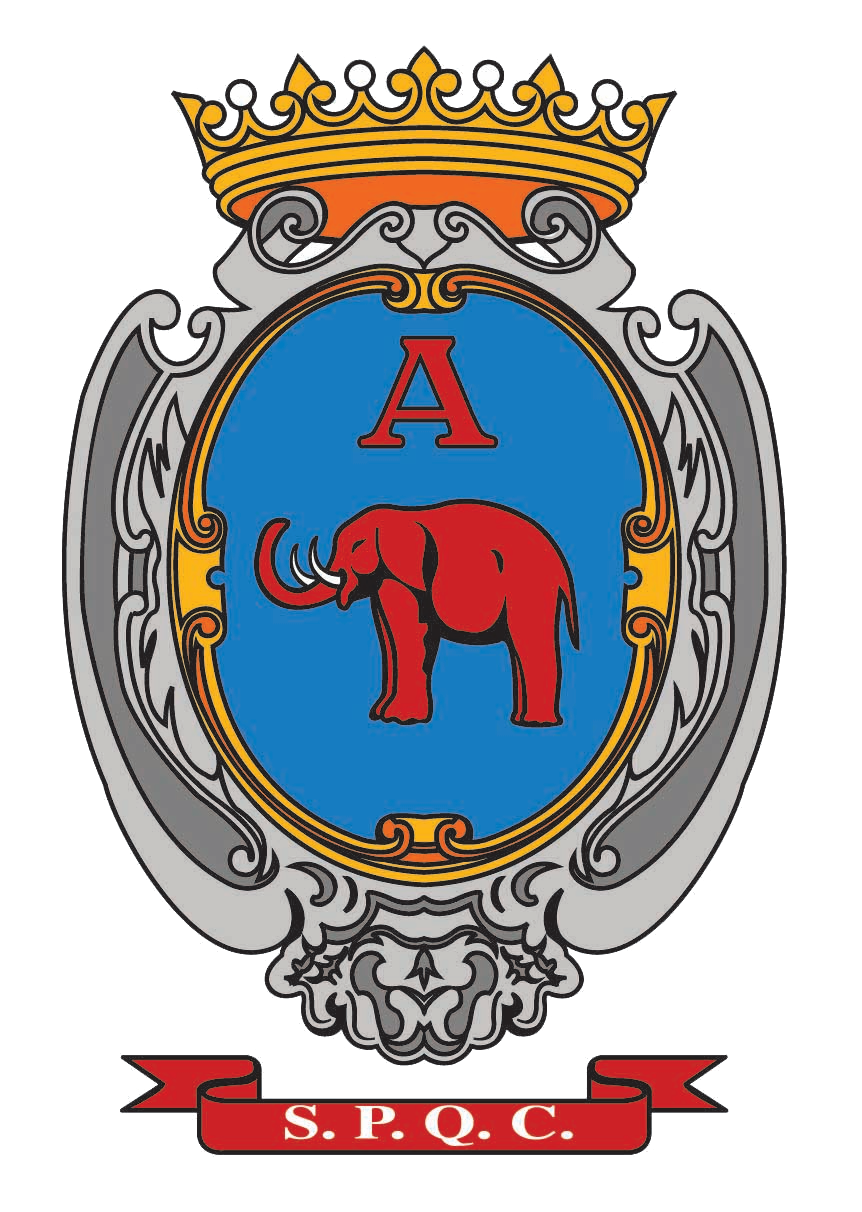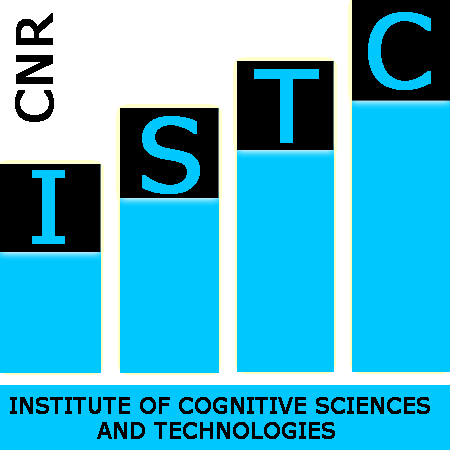PRISMA Linked Open Data
PRISMA Linked Open Data
Servizi e applicazioni
Services and applications
Approfondimenti
Cantmi o diva del pelide achille...
Services
Servizi
The resulting dataset can be queried by selecting the RDF graph ''PRISMA data'' (http://www.ontologydesignpatterns.org/data/prisma/) on the dedicated SPARQL Endpoint. The ontology can also be queried by selecting the ''PRISMA ontology'' (http://www.ontologydesignpatterns.org/ont/prisma/) graph.
Queries can be made by editing the text area available into the interface for the SPARQL query language. The SPARQL endpoint is also accessible as a REST web service, whose synopsis is the following:
I dati prodotti possono essere interrogati selezionando il grafo RDF ''PRISMA data'' (http://www.ontologydesignpatterns.org/data/prisma/) sullo SPARQL Endpoint dedicato. L'ontologia può anche essere interrogata selezionando il grafo ''PRISMA ontology'' (http://www.ontologydesignpatterns.org/ont/prisma/).
Le query possono essere effettuate editando l'area testuale disponibile nell'interfaccia per il linguaggio di interrgazione SPARQL. Lo SPARQL endpoint è anche accessibile come REST web service, la cui synopsis è la seguente:
-
URL: http://wit.istc.cnr.it:8894/sparql
-
Method: GET
-
Parameters: query (mandatory)
-
MIME type supported output: text/html; text/rdf+n3; application/xml; application/json; application/rdf+xml.
Data are also accessible through content negotiation. The reference namespace for the ontology is: http://www.ontologydesignpatterns.org/ont/prisma/. The namespace associated with the data is: http://www.ontologydesignpatterns.org/data/prisma/.
These two namespaces allow content negotiation related to the ontology and the associated data. The negotiation can be done either via a web browser (in this case the MIME type of the output is always text/html), or by making HTTP REST requests to one of the two namespaces.
The synopsis of the REST requests to the web service associated with the ontology namespace is the following:
I dati sono anche accessibili attraverso negoziazione dei contenuti. Il namespace di riferimento per l'ontologia è: http://www.ontologydesignpatterns.org/ont/prisma/. Il namespace associato ai dati è: http://www.ontologydesignpatterns.org/data/prisma/.
I due namespace permettono negoziazione sia dell'ontologia che dei dati associati. La negoziazione può essere fatta attraverso un browser web (in questo caso il MIME type dell'uscita è sempre text/html), o effettuando richieste HTTP REST ad uno dei due namespace.
La synopsis delle richieste REST requests del servizio web associato con il namespace dell'ontologia è il seguente:
-
URL: http://www.ontologydesignpatterns.org/ont/prisma/
-
Method: GET
-
Parameters: ID of the ontology object (mandatory the PATH parameter)
-
MIME type supported output: text/html; text/rdf+n3; text/turtle; text/owl-functional; text/owl-manchester; application/owl+xml; application/rdf+xml; application/rdf+json.
The synopsis of the REST requests to the web service associated with the data namespace is the following:
La synopsis delle richieste REST del servizio associato con il namespace dei dati è il seguente:
-
URL: http://www.ontologydesignpatterns.org/data/prisma/
-
Method: GET
-
Parameters: ID of the data object (mandatory the PATH parameter)
-
MIME type supported output: text/html; text/rdf+n3; text/turtle; text/owl-functional; text/owl-manchester; application/owl+xml; application/rdf+xml; application/rdf+json.
Applications
Applicazioni
-
Visualizzatore Geo Semantico: strumento di visualizzazione che mostra gli oggetti georeferenziati in una mappa. Gli utenti possono selezionare una serie di classi di oggetti e poi una serie di oggetti attraverso due listbox, e poi gli oggetti selezionati sono visualizzati su una mappa Google. Facendo clic su un oggetto si forniscono le informazioni semantiche relative.
-
Semantic Geo-Visualizer: visualization tool that shows geo-referenced objects in a map. Users can select a set of object classes and then a set of objects through two listboxes, and then selected objects are visualized on a Google map. Clicking on an object gives the related semantic information.
-
Guasti urbani: strumento di visualizzazione che mostra i dati di reporting e gestione di guasti urbani
all'interno di un'interfaccia Exhibit
 , un'interfaccia di pubblicazione open-source
per pagine web interattive di dati arricchiti. L'insieme dei dati possono essere cercati e sfogliati tramite funzionalità avanzate di filtraggio e ricerca testuali utilizzando un browsing sfaccettato.
, un'interfaccia di pubblicazione open-source
per pagine web interattive di dati arricchiti. L'insieme dei dati possono essere cercati e sfogliati tramite funzionalità avanzate di filtraggio e ricerca testuali utilizzando un browsing sfaccettato.
-
Urban faults: visualization tool that shows urban fault reporting and management data
within an Exhibit
 interface, an open
source-publishing framework for data-rich interactive web pages. The data collections can be searched and browsed through advanced text search and filtering functionalities using
faceted browsing.
interface, an open
source-publishing framework for data-rich interactive web pages. The data collections can be searched and browsed through advanced text search and filtering functionalities using
faceted browsing.
 , un'interfaccia di pubblicazione open-source
per pagine web interattive di dati arricchiti. L'insieme dei dati possono essere cercati e sfogliati tramite funzionalità avanzate di filtraggio e ricerca testuali utilizzando un browsing sfaccettato.
, un'interfaccia di pubblicazione open-source
per pagine web interattive di dati arricchiti. L'insieme dei dati possono essere cercati e sfogliati tramite funzionalità avanzate di filtraggio e ricerca testuali utilizzando un browsing sfaccettato.




